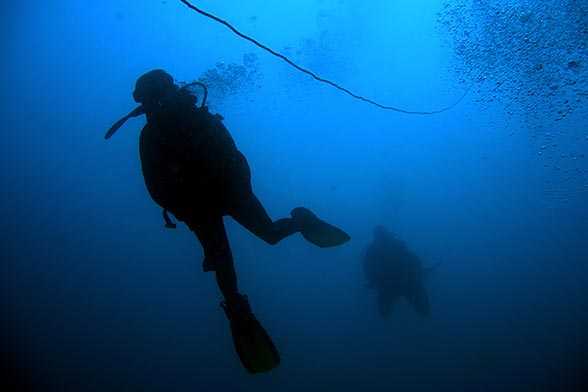Mariana Trench and Living in Abyss

A journey into the heart of Earth must include Mariana Trench, located near the Mariana Islands in the Pacific Ocean. At the southern end of the Trench lies Challenger Deep, the deepest known point of the earth’s sea floor. With a depth of around 10,971 m, it had been proposed as a site for nuclear waste disposal. However, that was before interesting living organisms were discovered at the bottom of Mariana Trench.
Very little was previously known about the vastly deep ocean trenches. The pressure at the bottom of Challenger Deep is over one thousand times the standard atmospheric pressure at sea level, which doesn’t allow calcium to exist except in solution, so the bones of vertebrates would literally dissolve. No bones, no fish. But nature’s engineering is too complex to draw such simple conclusions. Therefore, a new research project called Deepsea Challenge was launched to find answers about the ocean’s mysteries.
Dropcams, equipped with digital video and lights, were deployed to explore this region of the deep sea. And what they discovered encourages a whole new level of understanding our planet. Mariana Trench is apparently dominated by microbes that are adapted to function effectively at conditions inhospitable to higher organisms. For example, the temperature here varies between 1-4° Celsius and 300° Celsius around hot-water vents; at a depth of 150 m only, there is practically no light left, and colours are no longer visible to the human eye.
However, according to Nature Geoscience, tests made by a robot at the bottom of the trench show that bacterial communities are 10 times more active in Challenger Deep than in the plains surrounding the trench. The abyssal zone hosts life in perpetual darkness, but Mariana Trench’s microscopic inhabitants could shed light on the emergence of life on Earth.
According to National Geographic, American researchers speculate that first life-forms might have sprung near Challenger Deep. Serpentine mud volcanoes located near ocean trenches could have provided the right conditions for it. Additionally, the bacteria that have been discovered could lead to breakthroughs in biomedicine and biotechnology and to a better understanding of the earthquakes that create the powerful and devastating tsunamis seen around the Pacific Rim.